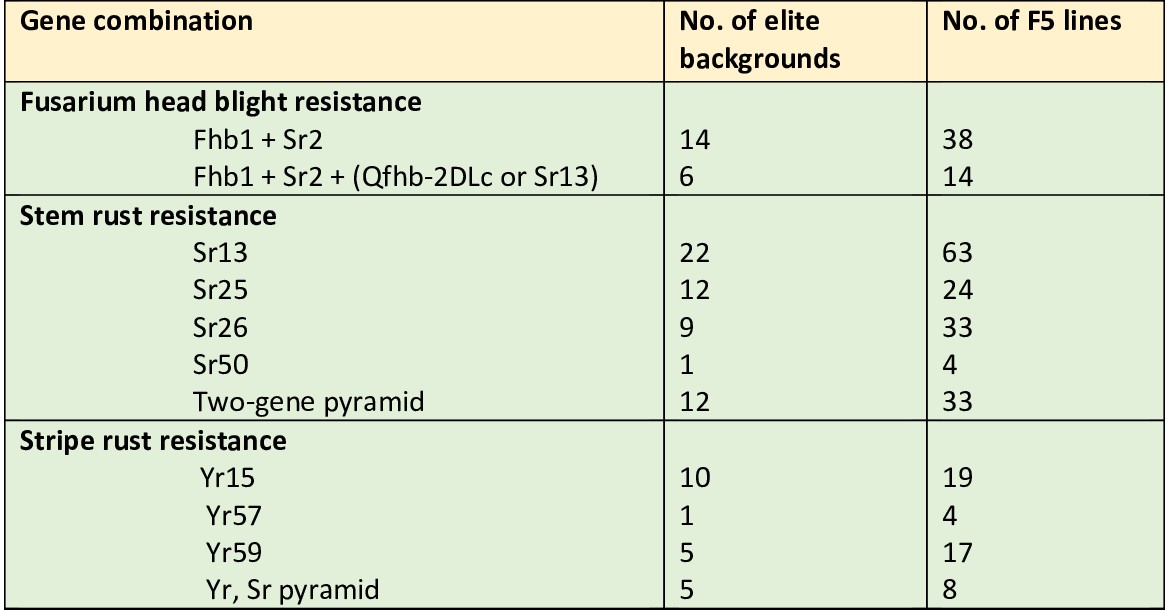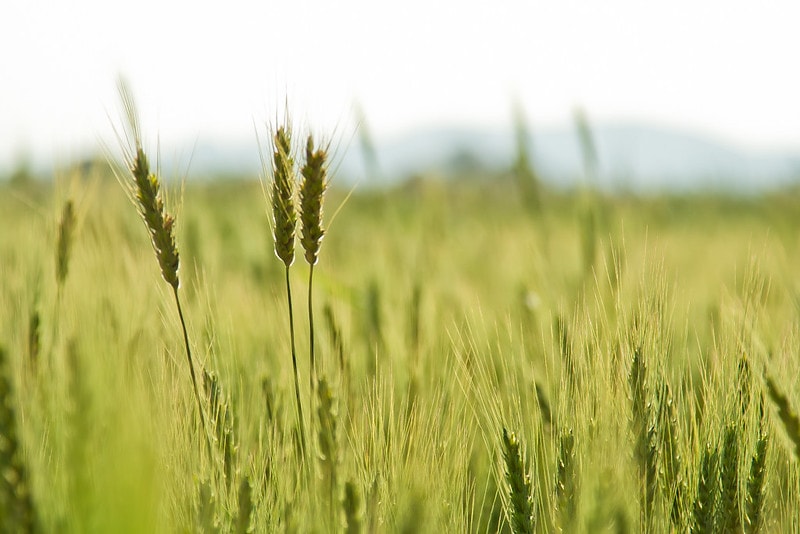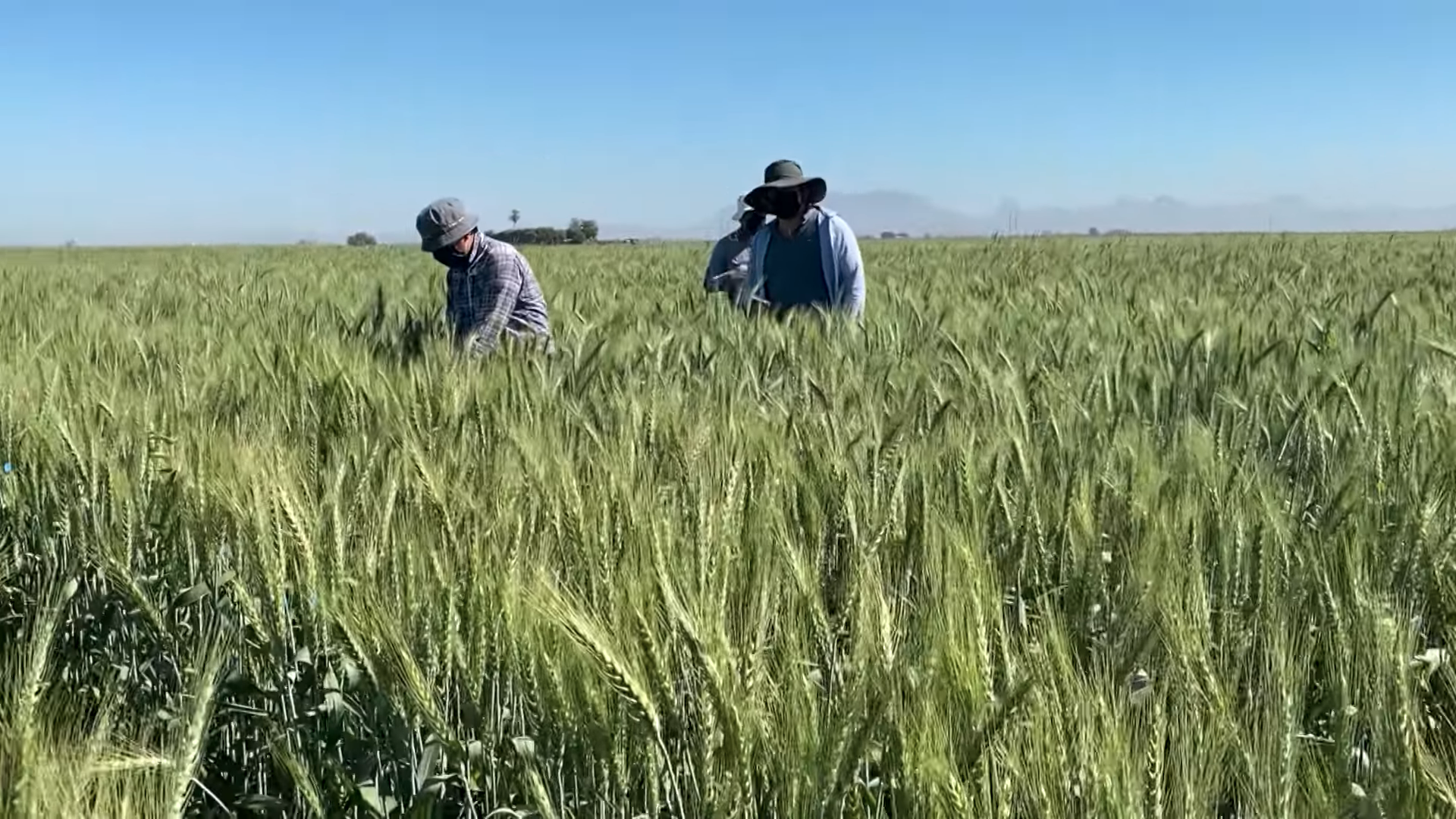
In the ever-evolving field of agriculture, AGG-WHEAT is leading a transformative approach through rapid marker-selectable trait introgression in wheat breeding programs. This method aims to streamline the process of integrating desirable traits into various genetic backgrounds.
At the core of AGG-WHEAT’s strategy is the establishment of a centralized marker-selectable trait introgression pipeline. This initiative seeks to facilitate the transfer of specific genes from a centralized source into various genetic backgrounds within plant breeding programs. Molecular markers play a crucial role in efficiently identifying and selecting target traits.
The merits of a centralized trait introgression pipeline extend beyond convenience. This approach ensures a more uniform and controlled transfer of genetic material, enhancing the precision of trait introgressions across diverse breeding lines. Molecular markers streamline the selection process, improving the accuracy of desired trait incorporation into wheat varieties.
Speed breeding facilities in Toluca, Mexico
AGG-WHEAT’s marker-selectable trait introgression pipelines are implemented at the speed breeding facilities located at the CIMMYT research station in Toluca, Mexico. These facilities serve as the incubators for innovation, where new selection candidates are evaluated based on various criteria. The decision-making process involves an expert panel comprising geneticists, trait specialists, and breeders. This panel annually determines the selection candidates, considering factors such as trait demand, genetic diversity, evidence of Quantitative Trait Loci (QTL) effects, selection efficiency, and available funding.
The decision-making process involves a multifaceted evaluation of potential selection candidates. Documented trait pipelines and product profiles guide decision-making to ensure alignment with the overarching goals of wheat breeding programs. Considerations include the need for phenotypic variation and the existence of limited genetic diversity for the trait under consideration.
The decision-making process also explores existing in-house or external evidence of QTL effects and the underlying gene mechanisms. Selection efficiency, contingent on the availability of accurate molecular markers and a known purified donor parent, further refines the pool of potential candidates. Established phenotypic protocols for product testing and the crucial element of available funding complete the decision-making criteria.
Achievements
In a significant step towards innovation, the products of the first marker-selectable trait introgression pipelines entered yield trials in 2023. This marks a transition from conceptualization to tangible impact, reflecting the efficacy of AGG-WHEAT’s approach. A total of 97 F5-lines, cultivated through the marker-assisted backcross (MABC) scheme, now grace the fields.
These lines carry novel genes associated with fusarium head blight and rust resistance, derived from wheat genetic resources and wild relatives. The choice of these traits underscores AGG-WHEAT’s commitment to addressing challenges faced by wheat crops, ensuring improved resilience and sustainability in the face of evolving environmental conditions.
The success of these initial trait introgression pipelines represents more than a scientific achievement; it marks a pivotal moment in the trajectory of wheat breeding. The 97 F5-lines, standing as testaments to enhanced resistance traits, are poised to make a transition into mainstream breeding pipelines. This marks the commencement of a broader dissemination strategy, where these lines will be distributed for testing at National Agricultural Research and Extension Services (NARES).
The journey from the experimental fields to mainstream adoption involves a meticulous process. These lines, having undergone rigorous evaluation and selection, now hold the potential to catalyze changes in commercial wheat varieties. The lessons learned from their cultivation will shape future breeding strategies and contribute to the resilience of wheat crops in diverse agricultural landscapes.

AGG-WHEAT’s lasting impact
AGG-WHEAT’s marker-selectable trait introgression stands as an innovative approach in wheat breeding. The centralized approach, the strategic use of molecular markers, and the meticulous decision-making process exemplify the commitment to excellence and precision. The journey from concept to reality—marked by the entry of 97 F5-lines into yield trials—signals a new era in wheat breeding.
As these lines traverse from experimental fields to mainstream adoption, they carry the promise of transforming the landscape of commercial wheat varieties. AGG-WHEAT’s lasting impact goes beyond the scientific realm; it extends to the fields where farmers strive for sustainable and resilient wheat crops. In the tapestry of agricultural progress, AGG-WHEAT has woven a thread of innovation that holds the potential to redefine the future of wheat cultivation.

 Environmental health and biodiversity
Environmental health and biodiversity 
